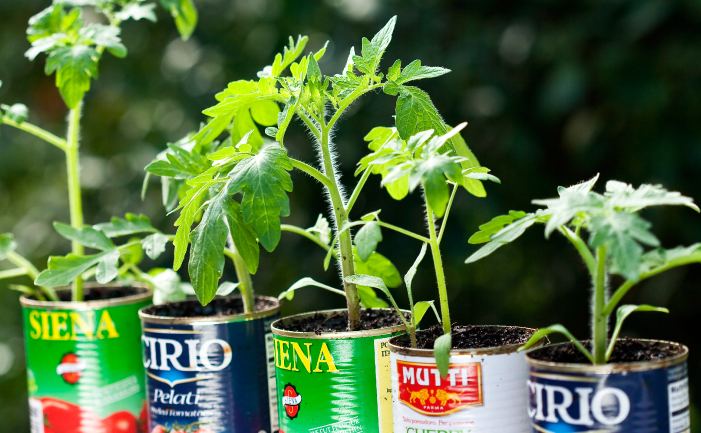Tomatoes need
* Full sun; ie, 8 hours direct sunlight daily
* Deep, free-draining, fertile soil
* Consistent moisture
* Regular feeding
* Shelter from strong winds
* Support of a stake (sometimes)
Varieties
There’s a huge choice available in tomatoes, so read the label carefully, or ask the staff at the garden centre, to find out which type is which when you’re shopping for seedlings. In general, though there are two main types of tomato plants:
Tall-growing varieties: these reach 2m or more and require the support of one or more stakes.
Bush types: these reach waist or knee height and do not need the support of a stake. In the bush class, there are also dwarf and pendulous forms which are suitable for hanging baskets.
Planting tips
When growing tomatoes choose a sunny spot. Dig the planting site over well. For each plant prepare a square of soil 60cm x 60cm. Dig it over to the depth of the blade of a spade then add two or three cupped handfuls of Dynamic Lifter. Dig this through until the soil is fine and crumbly. If you are planting more than one tomato plant, space them about a metre apart. If you’re growing a tall-growing tomato variety which will need a stake, add the stake now, at planting time. As the tomato plant grows, tie it to the stake to keep it stable and prevent damage from strong winds.
Water & mulch
Water in the plant well after planting then lay a thin mulch (2-3cm deep) around the plants. Use lucerne hay, sugar cane mulch, pea straw or some other coarse organic matter. Tomatoes need a steady supply of water over summer, so don’t let plants go thirsty for a few days. This will affect or even harm the quality of fruit. Keep up a steady water supply at all times.
Feeding
Tomatoes are heavy feeders. A month after planting, start additional feeding. Use a soluble fertilser formulated for flowers and fruit and apply it at the rate stated on the pack. Start feeding once every three weeks. As it gets hotter and you water more often, increase this to once a fortnight. Don’t overdo it: just mix up the food at the rate specified and always apply fertiliser and water to the soil around the plant. One watering can full of fertiliser solution is enough for one plant.
Growing Tomatoes in pots
Tomatoes in pots are much more susceptible to drying out than those in the ground. So, if at all possible, grow your tomatoes in the ground. However, the best tomatoes for pots are the smaller-growing bush types.
Pot shape/size: use a big pot – at least twice the size of a bucket. A shape that is as wide as it is tall, or just a little taller, is good.
Cool walls: put the pot inside another, bigger pot – this shades the wall of the pot, stopping the potting mix from heating up in the sun.
Watering: check the soil every morning to see if it’s dry, and be prepared to water potted tomato plants more often.
Feeding: feed tomatoes once a fortnight at first but increase to once a week as plants grow and the weather warms. Use a soluble fertiliser formulated for flowers and fruit.
Pest attacks!
Caterpillars (grubs) will eat holes in leaves and green fruit, and fruit fly will lay eggs into ripening fruit. White flies and aphids suck sap from foliage and transmit plant diseases. Both caterpillars and fruit fly can be controlled using organic methods which do not leave chemical residues on crops.
For caterpillars: buy either Dipel or Yates Success.
For fruit fly: use Yates Natures Way Fruit Fly Killer or Eco-Naturalure.
For aphids and whitefly: low toxicity pyrethrum sprays will do.
Yellowing leaves?
As plants grow, the lower leaves go yellow and die. That is normal, so simply snip off any yellow leaves. However, if many leaves go yellow or the yellowing is accompanied by unhealthy looking blotches and spots, or if the plant wilts despite regular watering, the plant has probably contracted a bacterial, fungal or virus disease. Spraying with a copper-based fungicide such as Kocide or Fungus Fighter may help in some cases but usually the plant is doomed and ought be pulled out and disposed of. Don’t grow tomatoes in that spot again for at least two years.



